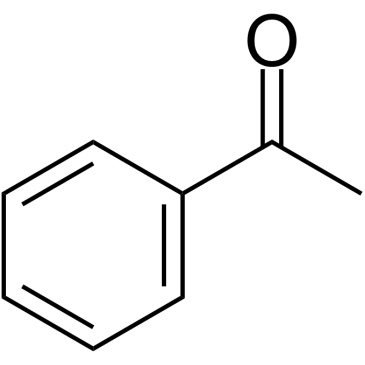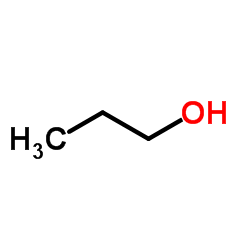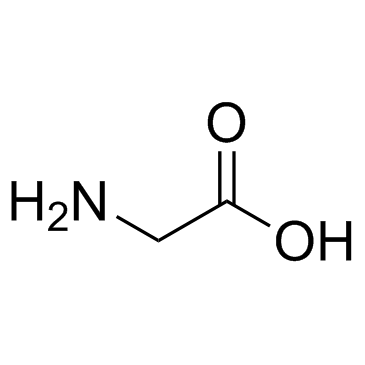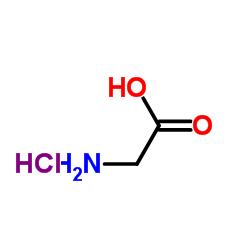| Structure | Name/CAS No. | Articles |
|---|---|---|
 |
Acetophenone
CAS:98-86-2 |
|
 |
Native Aspergillus oryzae β-Galactosidase
CAS:9031-11-2 |
|
 |
1-Propanol
CAS:71-23-8 |
|
 |
Glycine
CAS:56-40-6 |
|
 |
Glycine HCl
CAS:6000-43-7 |